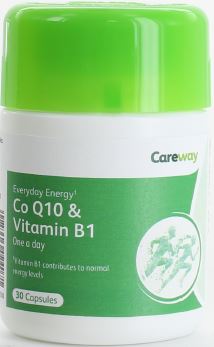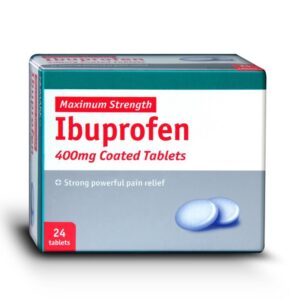Description
Coenzyme Q10 is a vitamin-like substance found throughout the body, but especially in the heart, liver, kidney, and pancreas. It is eaten in small amounts in meats and seafood. Coenzyme Q10 can also be made in a laboratory.
Coenzyme Q10 is most commonly used for conditions that affect the heart such as heart failure and fluid build up in the body (congestive heart failure or CHF), chest pain (angina), and high blood pressure. It is also used for preventing migraine headache, Parkinson disease, and many other conditions.
Coenzyme Q10 was first identified in 1957. The “Q10” refers to the chemical make-up of the substance.
Uses / Instructions
CoQ10 has been shown to improve symptoms of congestive heart failure. Although findings are mixed, CoQ10 might help reduce blood pressure. Some research also suggests that when combined with other nutrients, CoQ10 might aid recovery in people who’ve had bypass and heart valve surgeries.
Warnings
While most people tolerate coenzyme Q10 well, it can cause some mild side effects including stomach upset, loss of appetite, nausea, vomiting, and diarrhea. It can cause allergic skin rashes in some people. It also might lower blood pressure, so check your blood pressure carefully if you have very low blood pressure.
Side Effects
see packaging for details
Ingredients
What Are the Ingredients in CoQ10? Found in many foods, and available as a supplement, Coenzyme Q10 (CoQ10) is a natural antioxidant synthesized by the body. It comes in two forms: ubiquinol, the active antioxidant form, and ubiquinone, the oxidized form, which the body partially converts to ubiquinol.










Reviews
There are no reviews yet.